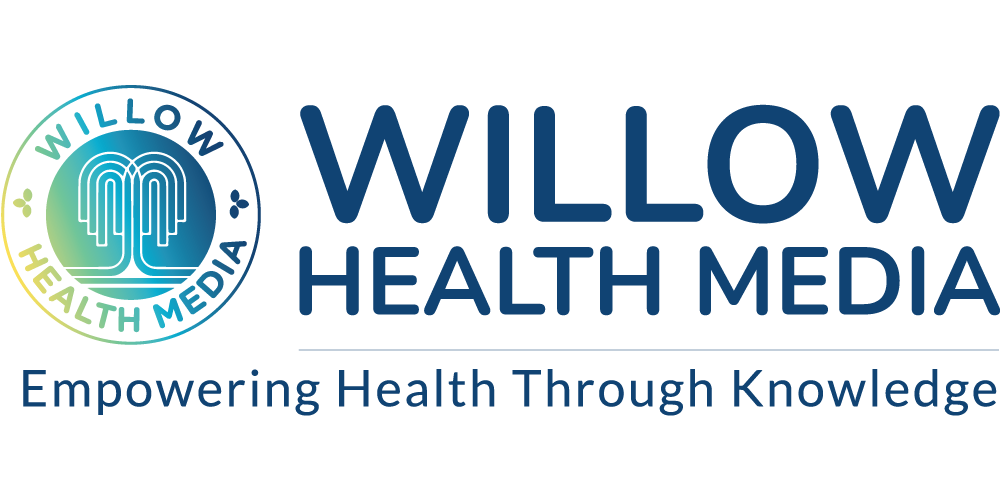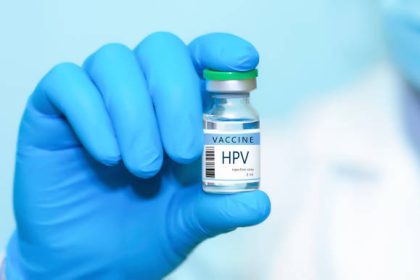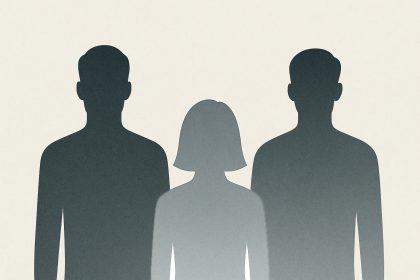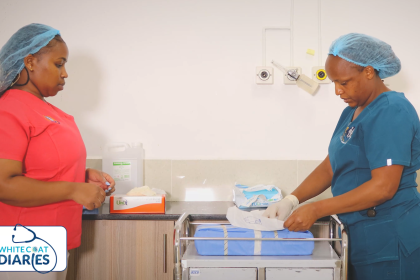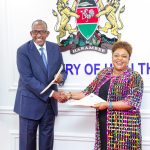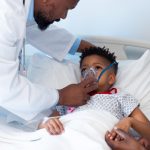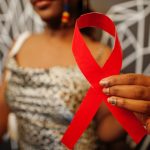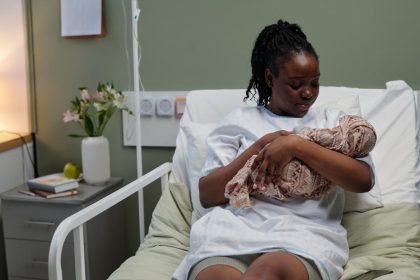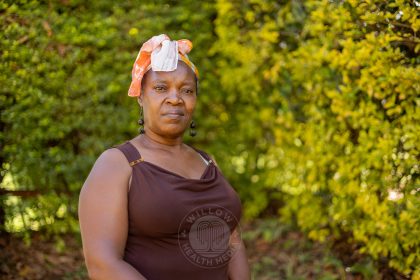Your irregular periods, abnormal hair growth, stubborn weight, and fatigue could be signs of Polycystic Ovary Syndrome (PCOS), one of the commonest, yet ignored and misdiagnosed endocrine disorders affecting women.
Most of us know the biblical tale of the woman who bled nonstop for 12 years. Doctors couldn’t help her, and society shunned her. In the end, she slipped quietly through a crowd just to touch the edge of Jesus’ garment, believing a simple touch might heal what medicine could not. And miraculously, it did.
But what exactly was wrong with her? Was it a gynaecological issue? Hormonal imbalance? Or, considering the chronic nature of her bleeding, could she have had something akin to what we now know as Polycystic Ovary Syndrome (PCOS)?
PCOS is one of the most common endocrine disorders affecting women of reproductive age today, yet its symptoms, irregular bleeding, hormonal imbalances, infertility, and excessive hair growth are often brushed aside or misdiagnosed. In many ways, the woman who bled for 12 years still walks among us, only now she sits in waiting rooms, often confused, sometimes ashamed and still searching for answers.
Androgens stimulate hair follicles in areas like a woman’s face, chest, back and abdomen
One of the main symptoms is not something many women talk about, but it’s often hiding in plain sight. A shadow on the chin. Coarse hair above the lip. Stray strands creeping along the jawline. But for others, the growth is thick, dark and persistent—a beard in everything but name.
This is hirsutism, one of the most visible and emotionally taxing signs of polycystic ovary syndrome. It occurs when the body produces an excess of androgens, hormones typically present in higher levels in men. These androgens stimulate the hair follicles in areas like the face, chest, back and abdomen.
Throughout history, women with facial hair have been seen as objects of stares, jokes and shame. In some communities, they were dismissed as cursed or barren.
The truth, however, is that hirsutism is a medical issue, not a moral one. For women with PCOS, the body’s delicate hormonal balance is disrupted. The ovaries or sometimes the adrenal glands produce too much testosterone or similar hormones, tipping the scale toward male-pattern hair growth.
Polycystic ovary syndrome wears many masks: persistent acne, missing periods
And it’s not just about looks. The psychological toll can be devastating. Hirsutism isn’t just hair. It’s a signal that the body is trying to say something. And in the case of PCOS, it’s often just the beginning.
Polycystic ovary syndrome doesn’t come with a single look. It wears many masks: persistent acne, missing periods, excessive bleeding, unexplained weight gain or the heartbreak of infertility due to irregular ovulation or lack of ovulation altogether.
For other women, it could be excess facial or body hair (hirsutism), oily skin and stubborn skin issues that linger into adulthood and mood issues ranging from depression and anxiety to poor self-image, often triggered or worsened by the physical symptoms and hormonal shifts.
But PCOS doesn’t always tick every box. One woman may have cystic ovaries and irregular periods, but no facial hair. Another might have hirsutism and acne without any noticeable period issues. This variability is part of what makes PCOS so difficult to diagnose and so often misunderstood.
PCOS is often linked to insulin resistance, type 2 diabetes, high cholesterol, risk of heart disease
Importantly, PCOS is not just a reproductive issue. It’s also a metabolic condition, often linked to insulin resistance, type 2 diabetes, high cholesterol, and an increased risk of heart disease. And it’s a psychological one too, with emotional well-being often taking a backseat in the face of visible physical symptoms.

The syndrome’s complexity means it requires more than just medication, because no two PCOS journeys look the same.
For a condition that affects about one in 10 women of reproductive age worldwide, polycystic ovary syndrome often flies frustratingly under the radar.
The World Health Organization (WHO) fingers PCOS as one of the leading causes of infertility, yet many women spend years chasing a diagnosis.
In high-income countries, the average age of PCOS diagnosis is around 27–28 years, often not until a woman seeks help for difficulty conceiving or irregular menstruation. But here’s the thing: the signs are usually there much earlier.
In Kenya, there is limited national data on PCOS prevalence or diagnostic trends
Take irregular periods, for example—cycles that come too far apart, last too long, or skip altogether. Then there’s acne well into adulthood, sudden or unexplained weight gain, and the distressing facial or body hair. And yet, many grow up thinking these changes are just part of “becoming a woman” or worse, something to be ashamed of and hidden.
In Kenya and much of Sub-Saharan Africa, the picture is even murkier. There is limited national data on PCOS prevalence or diagnostic trends, but small-scale studies and clinical reports suggest most women are not diagnosed until their late 20s or early 30s—often following years of untreated symptoms or after multiple failed attempts at conception. In rural areas, awareness among both healthcare providers and the public remains worryingly low.
In a 2020 study published by the African Journal of Health Sciences, researchers noted that diagnostic delays in Kenya are often linked to a lack of reproductive health education, limited access to ultrasound, and a general tendency to “normalise” symptoms like period irregularity or acne, especially among adolescents. In these settings, PCOS is mislabeled as “hormonal imbalance” without further investigation.
Not all women with PCOS show cysts, and cysts alone don’t mean you have PCOS
The result? women suffer in silence, managing symptoms piecemeal, visiting dermatologists for acne, gynaecologists for irregular bleeding, and nutritionists for weight gain—never realising these are all part of a single, connected syndrome.
That’s where ultrasound steps in, offering a glimpse beneath the surface.
In a typical scan, the sonographer may spot enlarged ovaries peppered with multiple small follicles, often described as looking like a string of pearls. These tiny fluid-filled sacs are actually undeveloped eggs that haven’t matured properly due to hormonal imbalances. It’s one of the classic features of PCOS, and seeing it on screen can be both a moment of clarity and, for some, a moment of grief.
But here’s where it gets tricky: not all women with PCOS show cysts, and having cysts alone doesn’t mean you have PCOS. In fact, the term “polycystic” is a bit misleading. Under the widely accepted Rotterdam Criteria, a diagnosis of PCOS requires any two out of three of the known symptoms. And yet, many women still live in silence, misdiagnosed or not diagnosed at all. They move from clinic to clinic, enduring stigma, confusion, and shame, often being told to lose weight, get married, or simply wait it out.
PCOS slips through the cracks in rural settings with patchy reproductive health services
As a sonographer, I’ve seen this first-hand besides too many missed chances—women brushed off with “hormonal issues” without ever getting a proper scan.
PCOS continues to slip through the cracks, particularly in low-resource and rural settings across Africa, where access to reproductive health services is patchy and cultural taboos make open discussion of periods, infertility, or excess hair feel off-limits. Even within hospitals, the syndrome is sometimes seen through a narrow lens, treated as a fertility problem rather than a whole-body condition with metabolic and emotional consequences.
Thankfully, today, we have solutions at hand, including ultrasound machines, blood tests, hormonal profiles, and diagnostic criteria. We have names for things.
Now we need greater awareness—among health workers, teachers, parents, and young girls. We need earlier screening, especially during adolescence when signs often begin. We need patient-centred care that listens to women, validates their stories, and offers more than textbook advice.
And above all, we need more research, especially within African contexts, to understand how PCOS manifests across diverse populations and how best to reach the women still waiting in the shadows.
